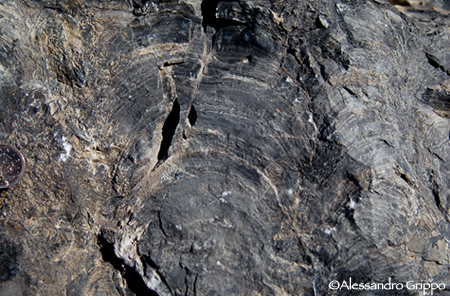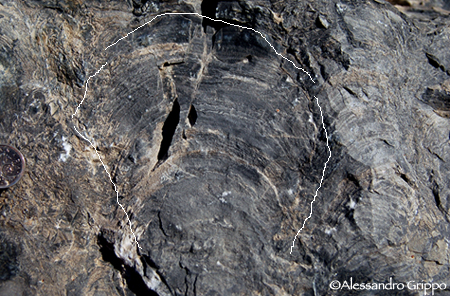
|
| ||
| Chapter 1 | Last Updated • February 26, 2015 | |
For this first chapter, I am presenting a few sample questions from each of the paragraphs in the book. These questions should help you and guide you through the reading and also provide an indication of what kind of information you need to acquire. Some of these questions were actually asked in past quizzes and exams and might show up again in this upcoming quiz.
© Alessandro Grippo, 1994-2015 | ||

